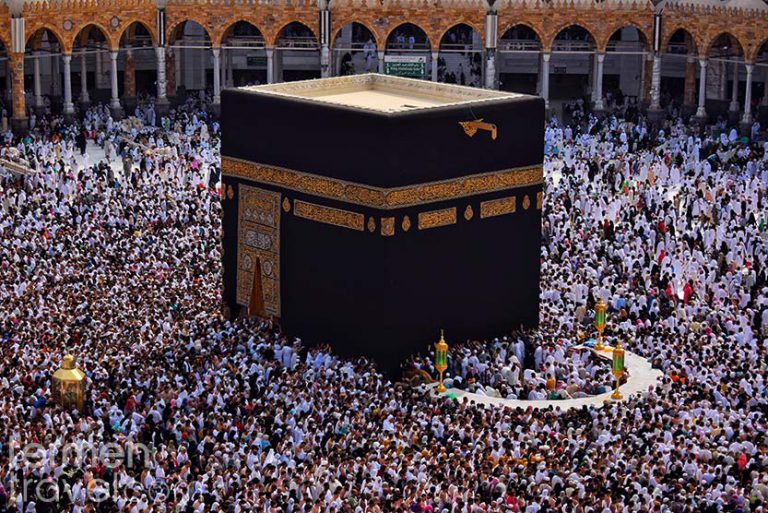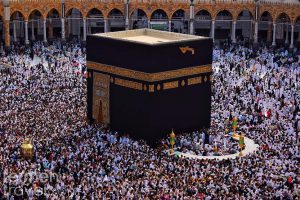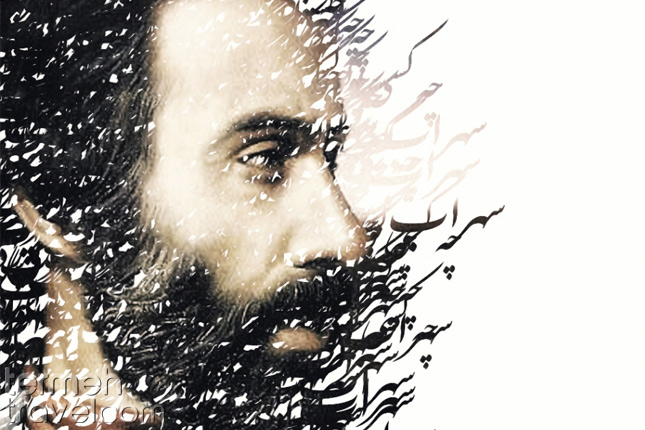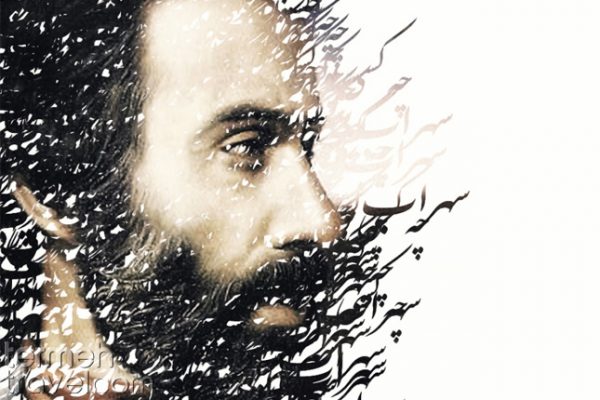The brush dances on the blank page, the colors permeate through the page’s texture and combine with the artist’s verve to create a masterpiece called Persian Miniature. Getting inspired by nature, using vivid natural colors, and practicing Persian art allows Persian philosophy, aesthetics, and culture to find their places in Persian Miniature and display the most valuable concepts of life in an enchanting way.
Looking at a piece of Persian Miniature is like observing a whole new world. The elements of the painting come to life, take your hand, and accompany you on a journey in which you can find yourself enjoying every little detail of these artworks. Let your imagination fly and perceive another level of art.
Table of Contents
What Does Persian Miniature Mean?
The Miniature is an art style that was popular in the middle ages. These small limnings were used on church walls, ceiling, and windows, as well as the margins of the holy book. In East Asia, especially in Japan and China, the art of Miniature was the main art style, and they use this art today as well.
Although the Persian Miniature is similar to the east and west miniature in terms of size, it has major differences in style and concept.
Persian Miniature is called Negargari in Farsi, which literally translates to painting. On the other hand, in Persian language and poetry, “Negar” means the portrait of the loved one. The Persian Miniature artists believe that they link their souls and thoughts to a supreme power to practice the art and create their artwork, and that is why these works are so spiritual and out of this world.
The History of Persian Miniature
The early Persian Miniature works can be found in Dousheh Cave in Lorestan Province. Also, some paintings that are similar to Miniature can be seen in the Sassanid Dynasty; However, what we call Persian Miniature was created and shaped after the arrival of Islam in Iran. During the Safavid Dynasty, the kings appreciated art so much; therefore, they invested time and money on them. Getting inspired by Islamic art as well as Miniature in the east and west of the world, Persian Miniature reached perfection.
Besides illustrating books with Persian Miniature, Iranians used this art and designed their clothes and dishes with it. You can find famous poetry books that show the beauty of Persian Miniature. Some of the unique works of Persian Miniature are using this art on camel bones to create jewelry boxes and panels. The Persian Miniature in the center of these works, and their margins are designed with illumination (a style of Persian art that creates symmetrical and geometrical patterns).
What Are the Main Features of Persian Miniature?
Different features make Persian Miniature special and beautiful for everyone.
Lines
The main feature of Persian Miniature is the usage of “lines.” The smoothness and sharpness of lines make Persian Miniature different from drawing and create perspectives as well as expressing different feelings inside the painting.
Portraits
A significant feature of Persian Miniature is the uniqueness of faces’ proportions. In Persian Miniature, the eyes are close to each other, and we can see unibrows as well. If we take a look at aesthetics elements in Iran during the Safavid Dynasty, we realize that having this form of eyes and eyebrows was considered beautiful and even heavenly. Iranians believed that those people that have unibrows are pure and look like flying birds.
The lips in Persian Miniature draws as a thin and fine line like a rose blossom. In old Persian Poetry, poets used to simulate the lips of the loved one to red garnet and compare their mouth to the flower’s blossom.
In order to give the faces a pure and graceful look, the Persian Miniature artists used to draw the nose very small with a thin line and used to add two little pores to it.
Having long black hair with small curves on the forehead was a sign of beauty in Persian art, and poetry; you can spot these features in Persian Miniature as well.
Symmetrical Design
Another significant feature in Persian art in general and especially in Persian Miniature, is the symmetrical painting. In many Miniature paintings, you can see how one side of the work is entirely similar to another side. Every detail is repeated exactly, which makes Persian Miniature different from other artworks. However, in some other paintings, we see a balance between the left and right of the work without any similar detail except for the colors. The usage of color and its balance in Persian Miniature makes it eye-catching.
Persian Miniature Materials
The artists need natural colors that can be made of different stones and plants. They also need different small-sized brushes, which are made of natural hair of mammals. The most popular brushes are made of horsehair, camel hair, and squirrel hair, but each of them has its particular usage because they keep the water in the hairs differently. The Persian Miniature artists’ canvas can be different objects such as paper, skin, fabric, ivory, bone, metals, potteries, and walls.
What Are Some of the Persian Miniature Schools?
The changes in Persian Miniature over time and the influence of other cultures on it have created different schools (styles) that are equally fascinating. The name of these schools come from kings and kingdoms in different eras.
Baghdad
One of the most important schools in Persian Miniature is called Baghdad. The significant feature of this school is the usage of animals in drawings and the pale color of the background. You can see the illustrations of Kalile o Demneh, written by Abdullah ibn al-Muqaffa, to get a better sense of this school.
Seljuq
This school focuses more on portraits and creates figures with big heads. The colors in Seljuq School are more vivid, and the usage of basic colors such as red, blue, and yellow is more obvious.
Tabriz
During the Safavid Dynasty, Tabriz school became popular among Persian Miniature artists. They got inspired by Chinese Miniatures and used more details as well as more colors to their works. Drawing the elements of nature along with human figures, create an amazing harmony. You can find these paintings in some precious and old Shahnameh, which is the famous book of the Persian poet, Ferdowsi.
Qajar
The more modern form of Persian Miniature can be seen in the Qajar school in which the influence of Persian Culture is bold, and you can find more diversity of colors there, although the colors are not vivid. Qajar Miniature became more than an art that belonged only to the king. Iranian artists used this art in designing teahouses’ walls as well.
The Impact of Persian Miniature on Persian Art
There is a two-way relationship between different arts. They have a strong impact on each other and can change various aspects of art. Persian Miniature got inspired by Persian Culture and spontaneously formed other aspects of Persian arts.
Today, many artists use Persian Miniatures in the fashion industry to express the Persian Culture in a modern way. You can find the harmony of colors and the focus on symmetry in Persian Miniature in architectural design as well.
How Can You Learn Persian Miniature?
If you want to learn this delicate and fantastic Persian art, you can use different websites and tutorial videos that teach you how to start. Also, many Persian Miniature Workshops held by Iranian artists all around the world give you the opportunity to learn.
If you are not interested in painting, you can always travel to Iran and bring a Persian Miniature back to your country.

















Leave a Comment